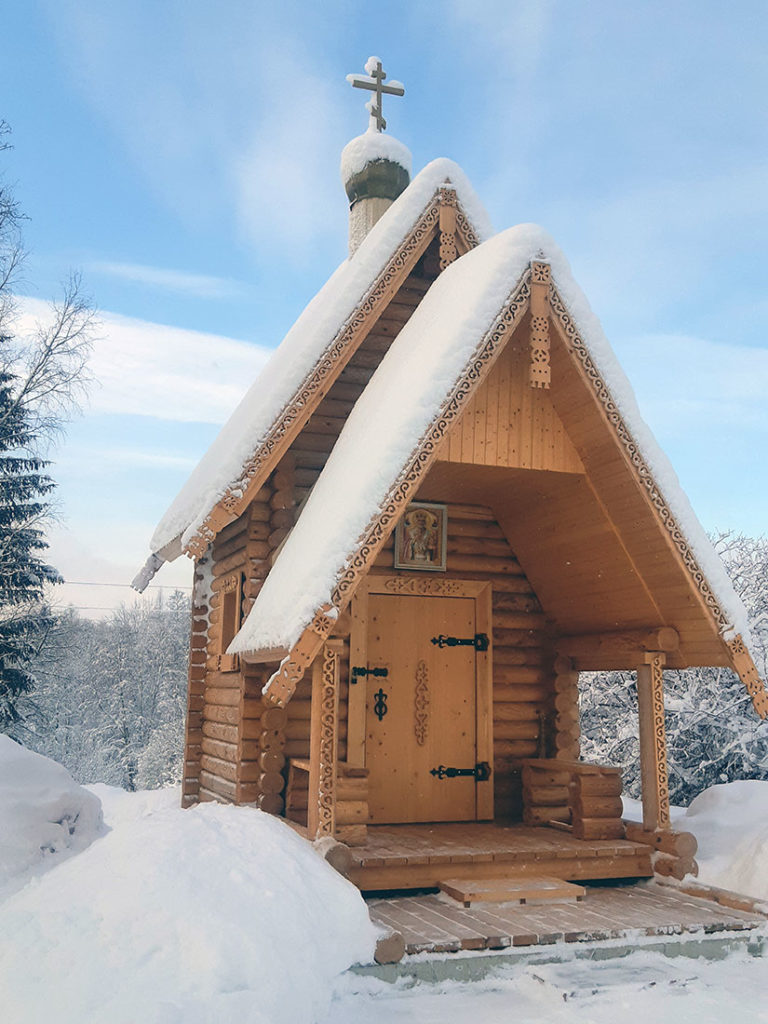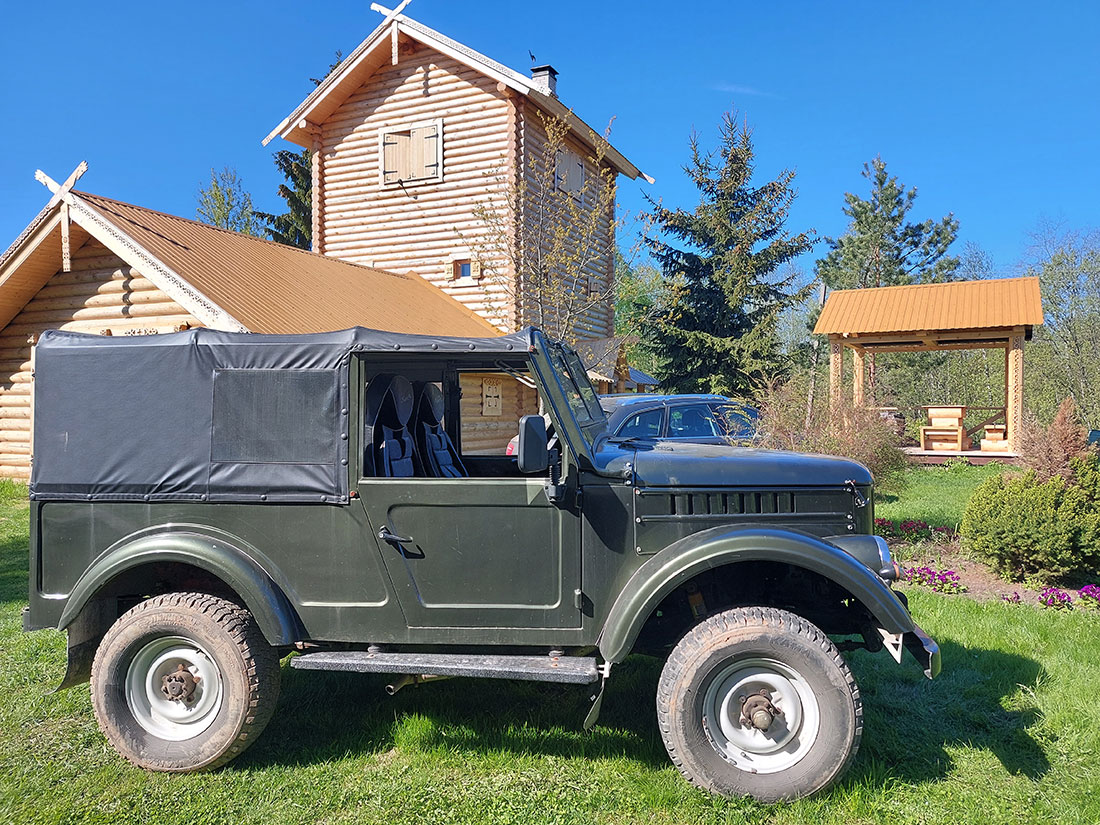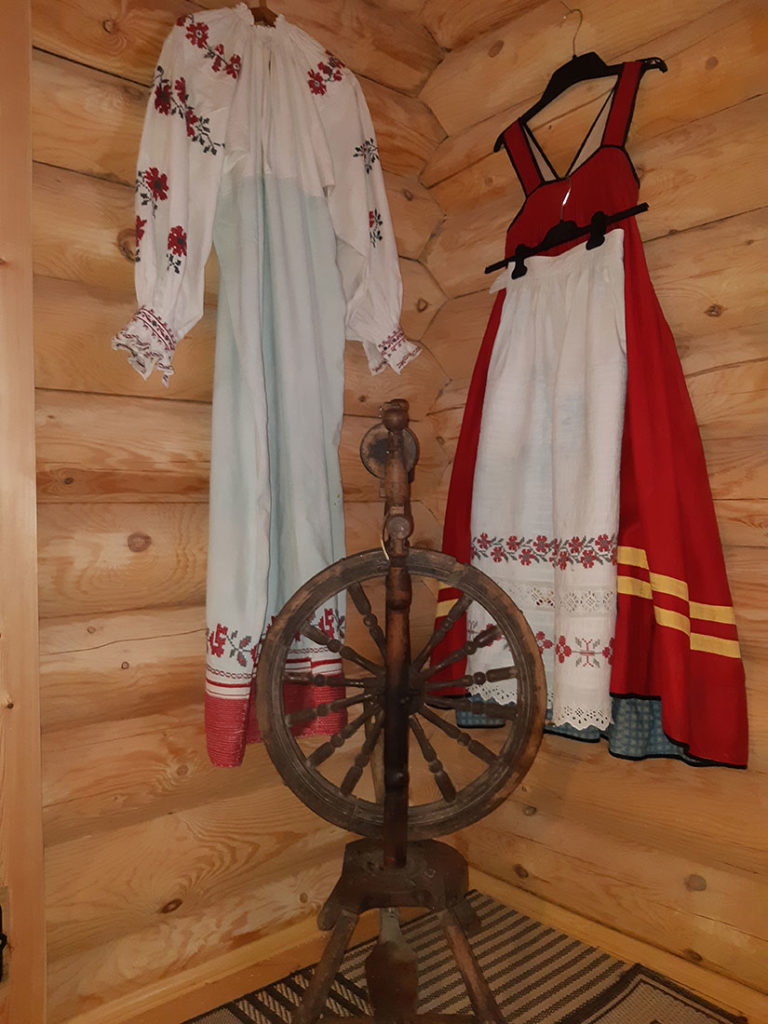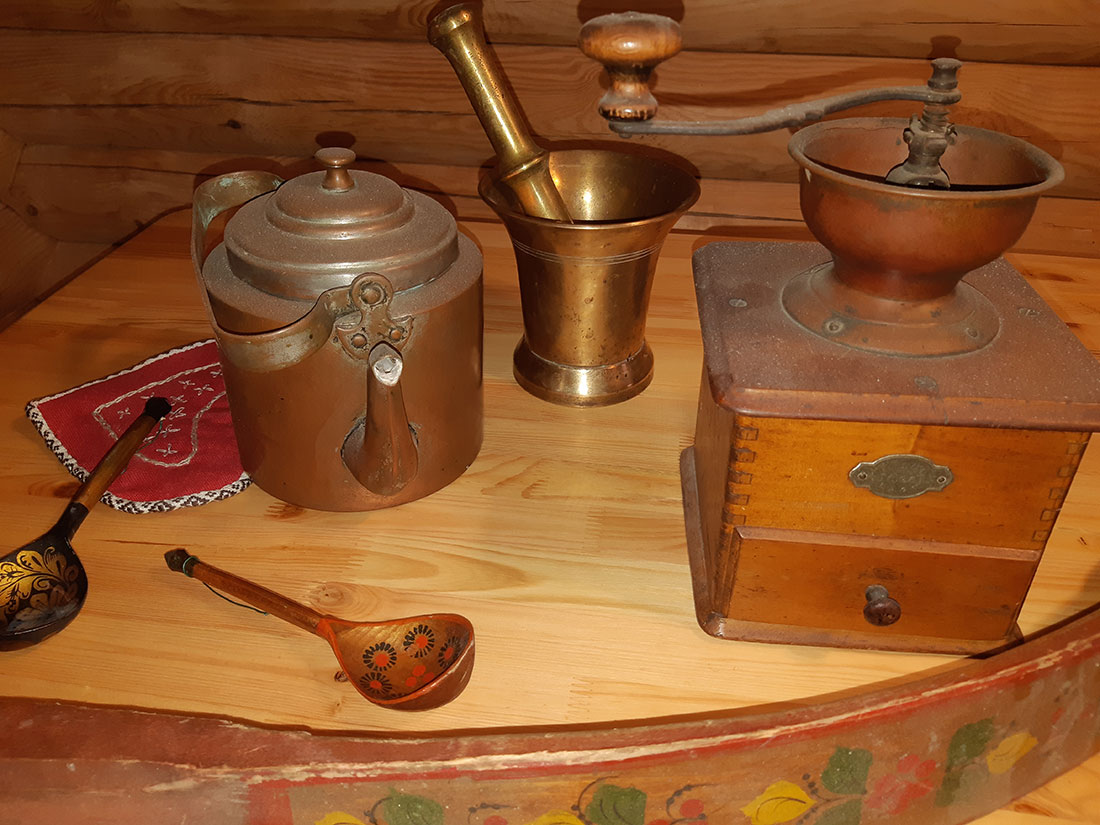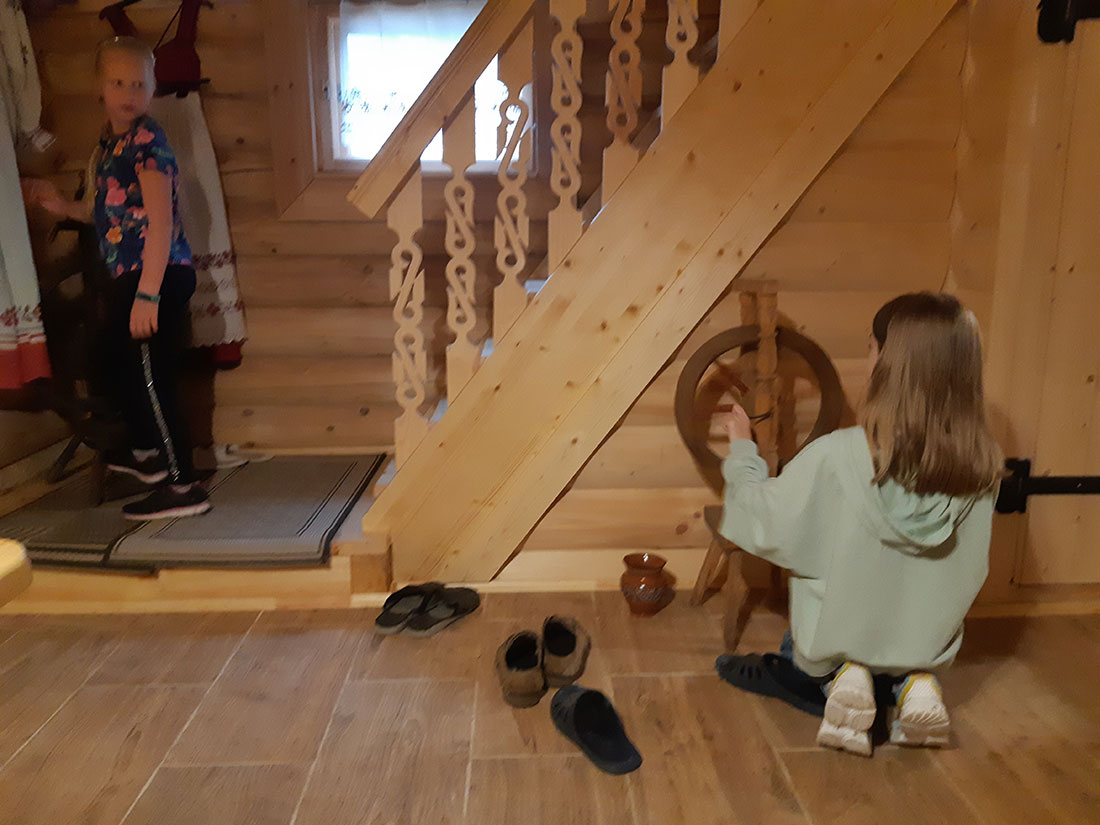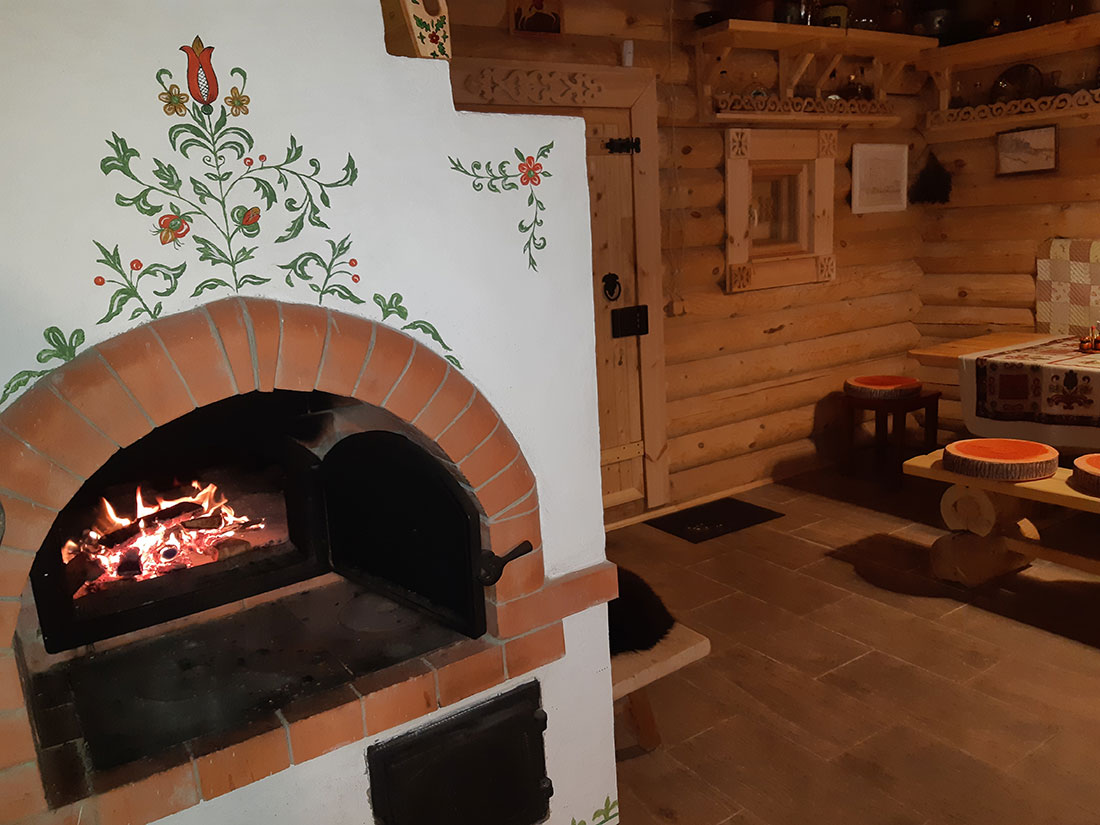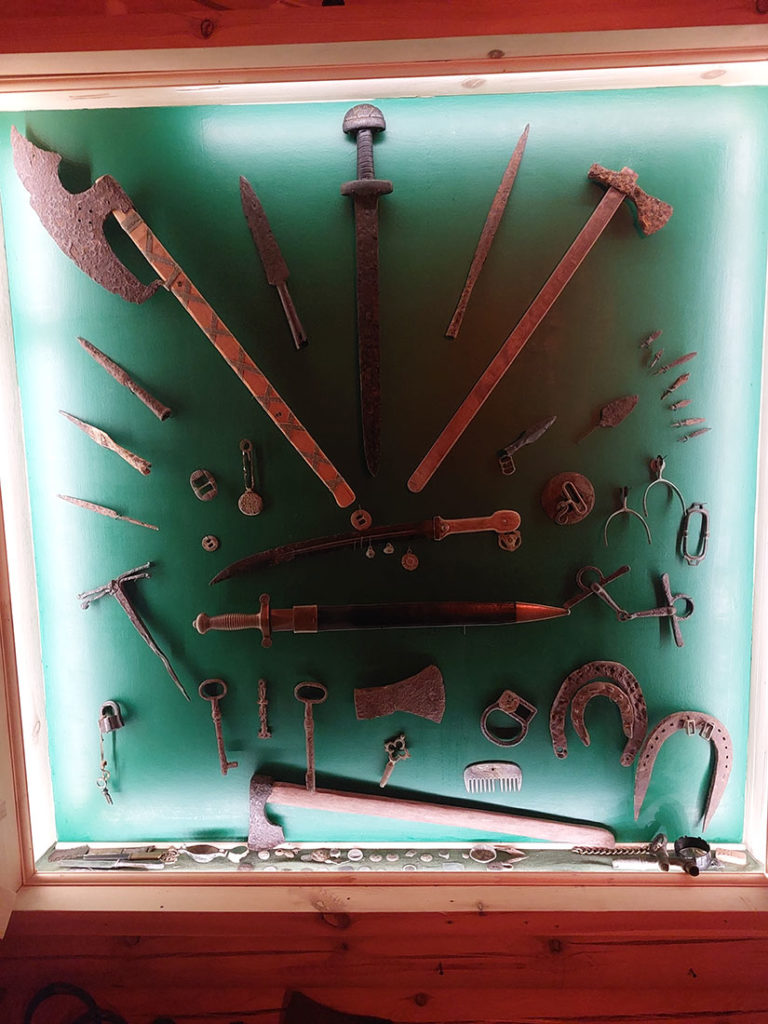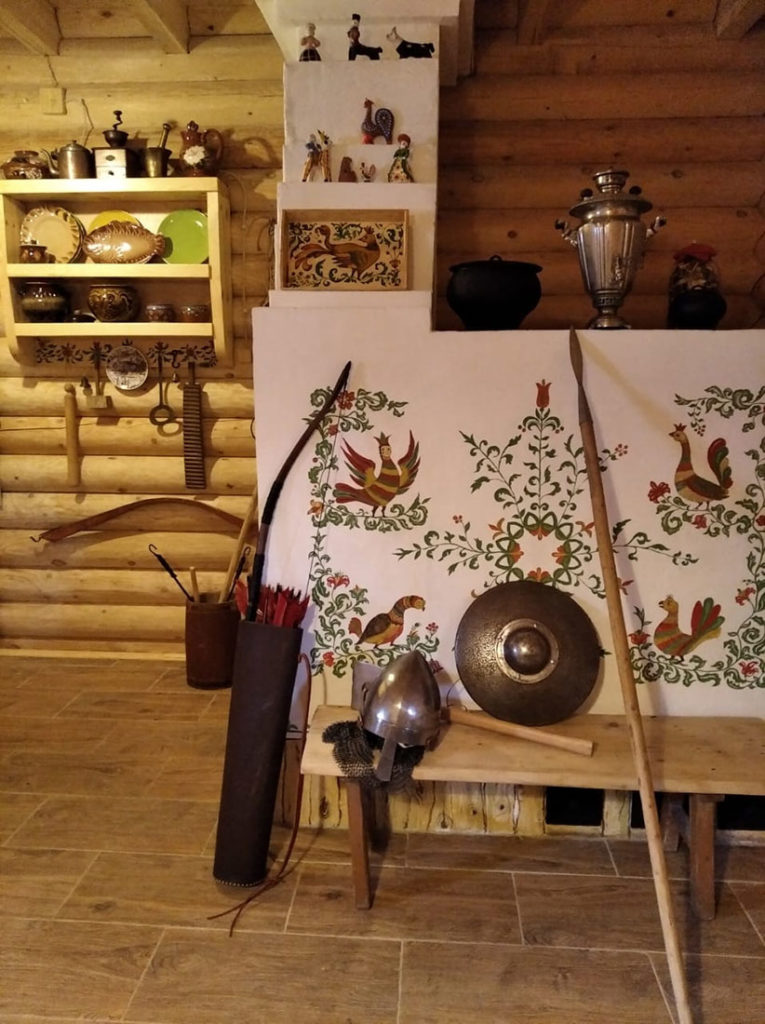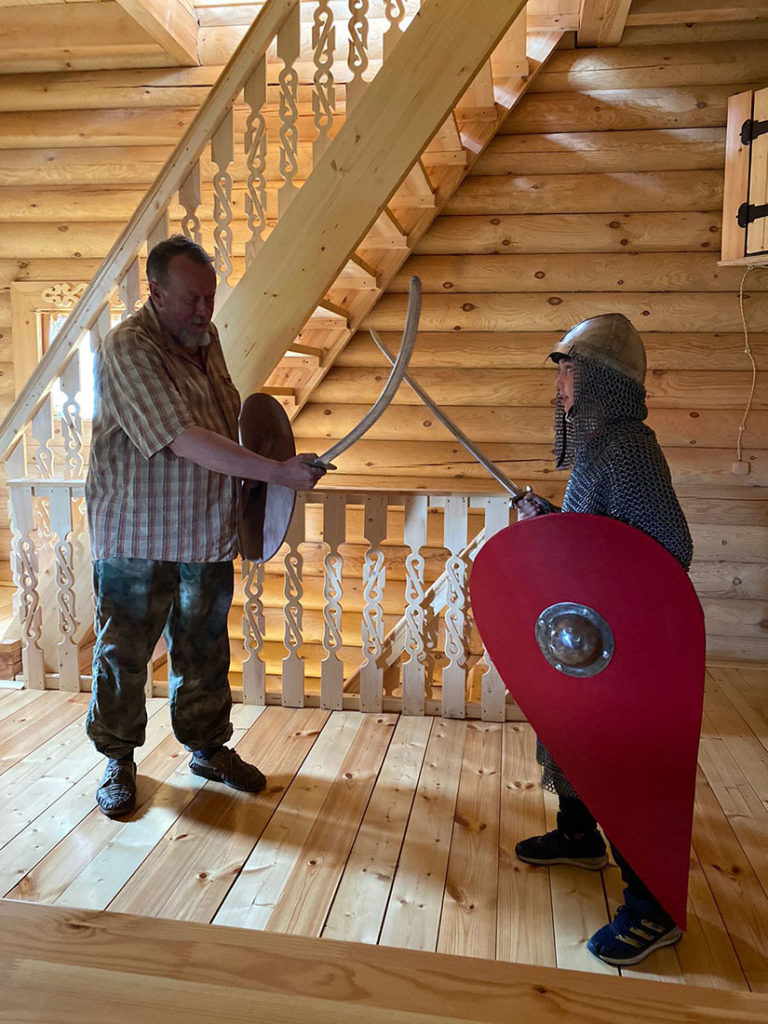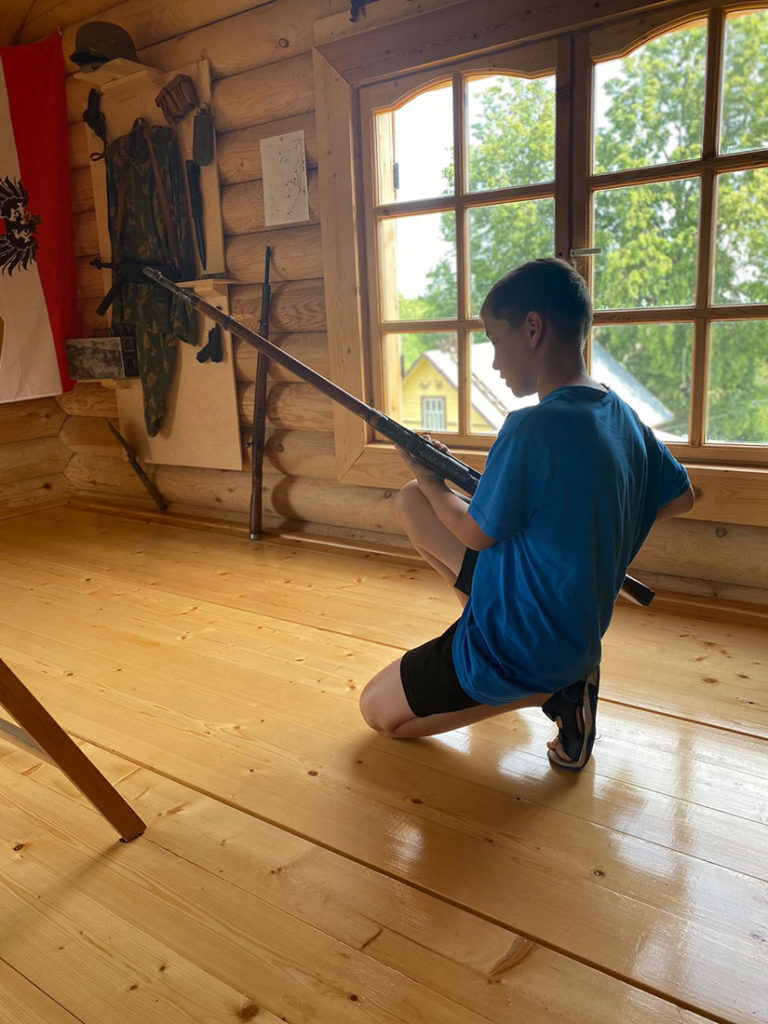Russian Frontier
Leningrad region
Contact information
Leningrad region, Tosno district, Kokolavrik village
Tel. +7 (921) 905-95-12
E-mail: urt9059512@mail.ru
Operating hours
12:00 – 20:00, no weekends.
Pre-registration by phone call +7 (921) 905-95-12
Ticket price
The entrance ticket for all exhibitions including guided tour is 300 rubles.
Schoolchildren accompanied by an adult, visitors over 75 years old, Fighting veterans, invalids – FREE OF CHARGE.
Shooting gallery, pneumatic shooting gallery – 800 rubles per hour with unlimited numthe kinds of visitors species and number of participants – from 800 to 2500 rubles.
Archertag (dueling archery in protective outfit) – 1500 rubles per hour.
Game activities for children: sarso, lapta, chizh, etc. – FREE OF CHARGE.
Jeep tours in vintage cars – 1500 rubles/hour.
Extreme tour on cross-country vehicles – 2500 rubles/hour.
Overnight stay – 1900 rubles/day.
Pastry, tea, kvass, mors – from 50 rubles.
Founder, owner and director of the museum
Nikolaev Dmitriy Lvovich
Founded
2019
The history of the museum began trivially, as for many – the chests could no longer hold the artefacts found in the vegetable garden, the presence of which is not surprising: for centuries the village stood on part of the overland route “From the Varangians to the Greeks”, between Novgorod and Ladoga. There were constant border conflicts between Novgorod and the Swedes, and later the battles of the Great Northern War under Peter the Great. In 1942-44, Soviet troops of the Volkhov Front knocked German units out of Kokolavrik during the Luban operation. Therefore the investor, architect and builder D.L. Nikolaev had the idea to recreate the outpost of the Russian “soviet frontier”, which, according to historical research, was located several kilometres away from the building site. The architecture echoes sketches made by Olearius in the 17th century of the Lovuy outpost of the “Svea frontier”. The complex also includes a functioning wooden chapel of Novgorod architecture.
It is essentially a museum of local history, but without the shuttered shop windows and boring pioneer childhood guide. All the exhibits can be picked up and even used for their intended purpose. The museum is divided into three exhibitions on three floors of the watchtower: an ethnographic museum on the first floor; a barrack with a basic archeological collection and reconstructed medieval weapons and armour on the second; and a museum of the Great Patriotic War with models of small arms and ammunition of two armies on the third.
Directly from the entrance, visitors are welcomed into an interactive space with a roaring Russian stove in which viands are baked. A collection of local pottery, griddles, aprons and more are available for a Russian cooker baking masterclass. On the first floor you can immerse yourself in military history, try on chain mail, helmets and swords to get a feeling of defending the Russian land. The third floor exposition is also available for trying on and aiming, and some of the exhibits can be fired at in a pneumatic shooting gallery. You can also shoot bows on the shooting range while wearing armour.
Guests can pre-order meals from a Russian cooker and stay overnight in a medieval setting, with all the comforts of home in the city. Guests are offered a tour of the historical surroundings with visits to the ruined farmsteads of the artists Ryapushkin and Bogolyubsky, and pillboxes of the Tigoda defence line in rarity off-road vehicles.
The main concept of the project is an interactive platform for patriotic education, so children accompanied by adults can visit the museum for free.
The museum’s collection includes:
Dometic clothing, textile products of the late 19th century, household items and utensils of the late 19th and early 20th centuries.
Blacksmiths’ goods XVII-XIX cc.
Cold steel arms X-XIX cc.
Coins, adornments, buttons, buckles, kernels, arrowheads and spears, horse harness XI-XX centuries.
Mass-size models of small-arms and cold steel arms, protective equipment and uniforms of armies of the countries participating in the Great Patriotic War and in the wars of the late 19th and mid-twentieth centuries.
